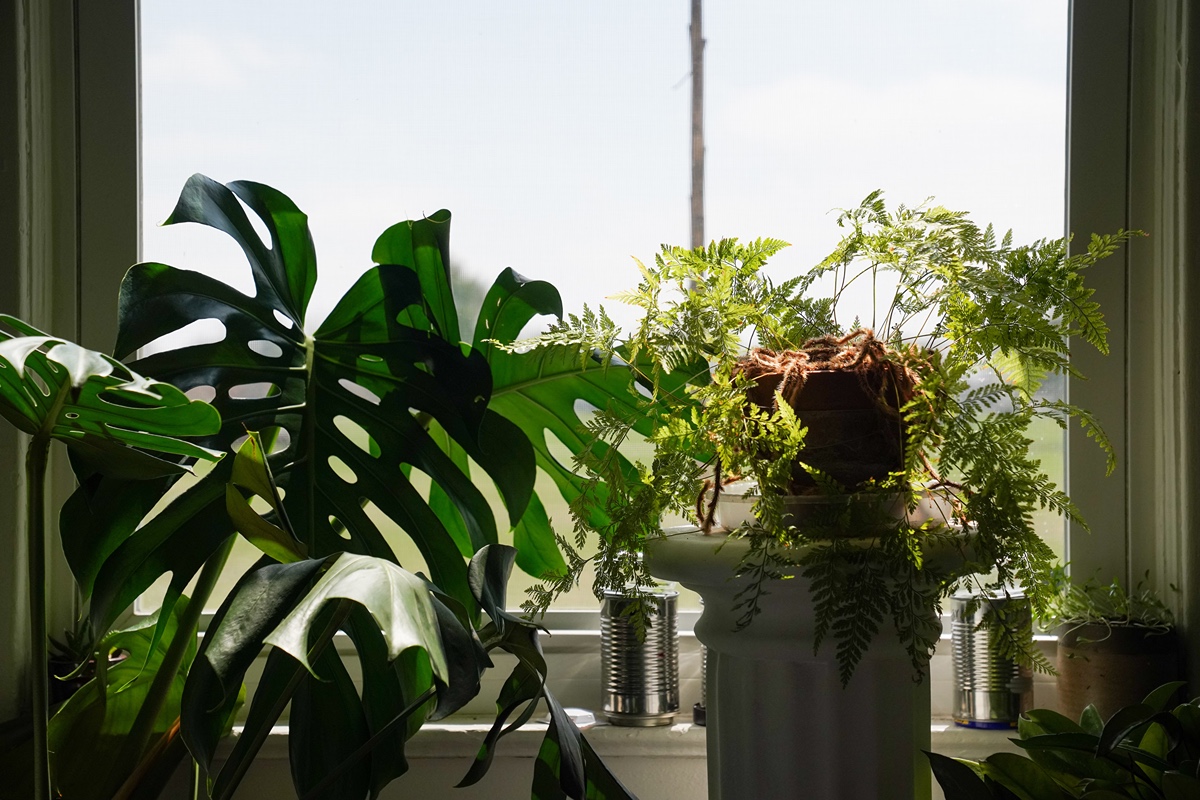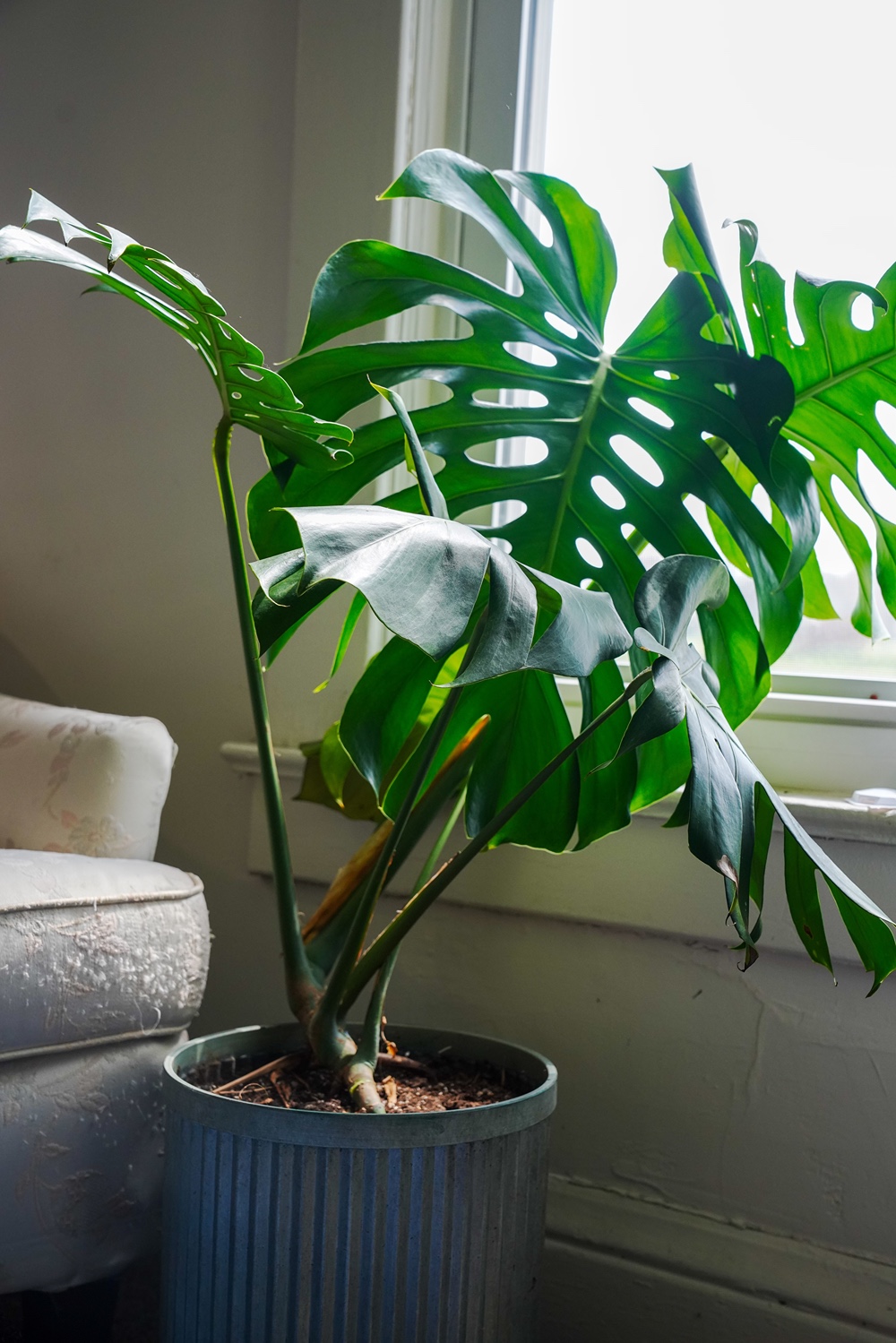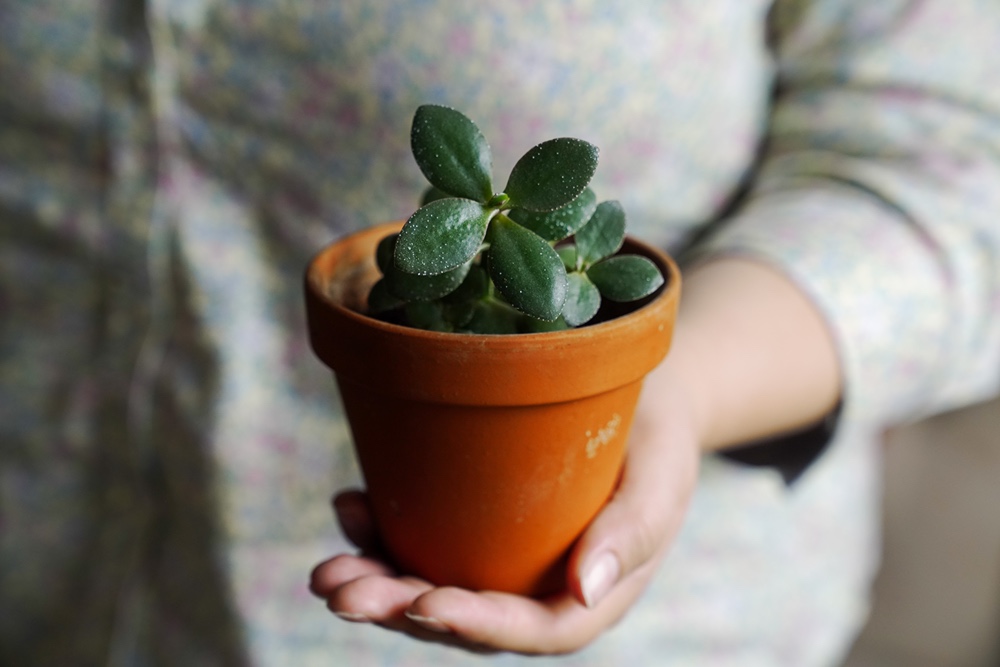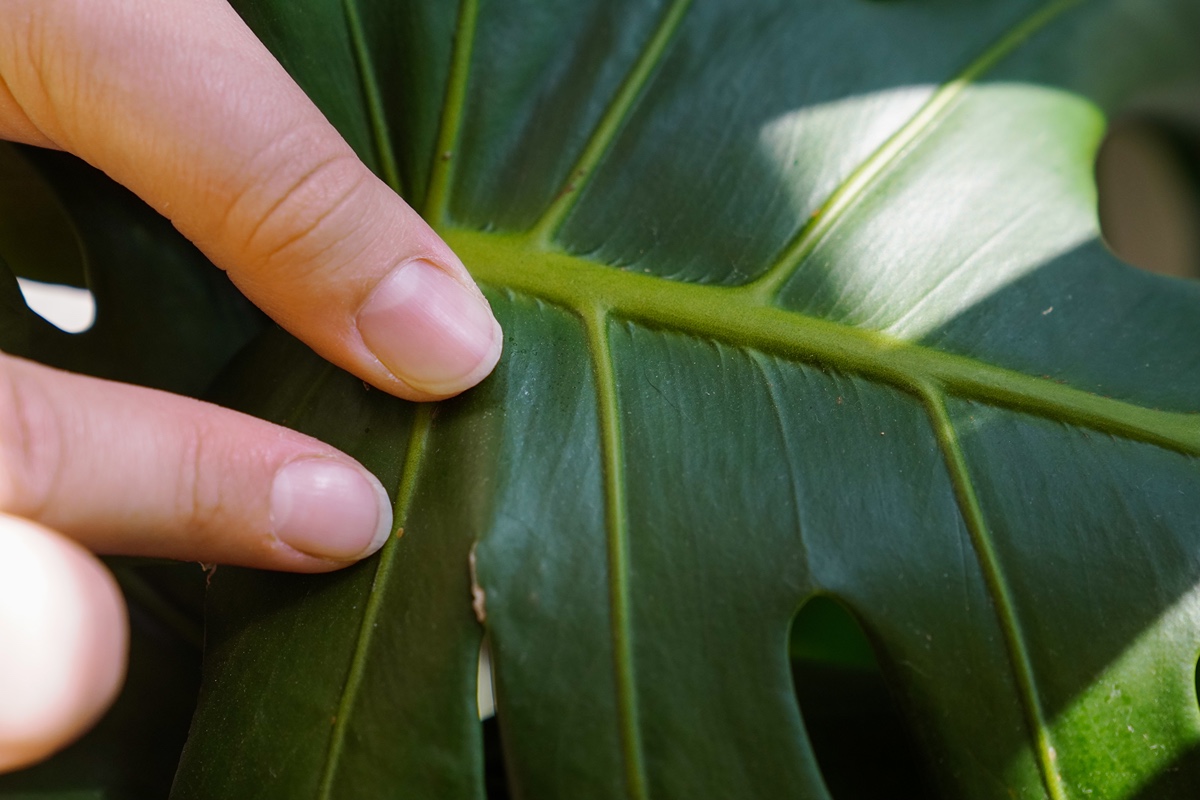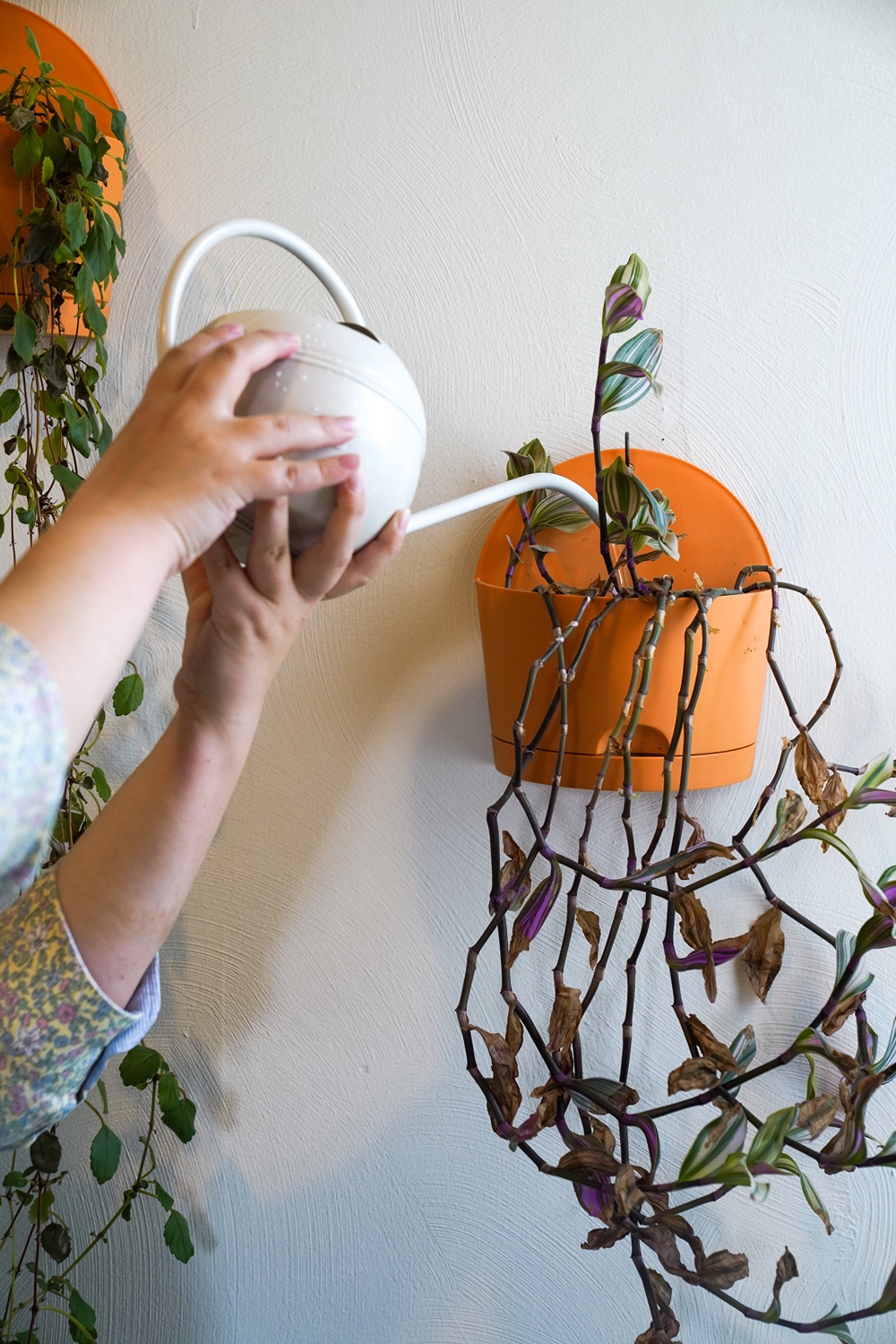How to transform your space with houseplants
Did you buy a houseplant at Spring Fest for your apartment or dorm room? Karen Mitchell, consumer horticulture Purdue extension specialist, breaks down the basics of easy plant care.
Choosing your plant
Before adopting a houseplant, determine where it will go and the light exposure in that area. Is it bright, medium or low? Does it have direct or indirect sunlight?
“Most houseplants are understory, tropical plants that do not do well with a full day of direct sunlight, which makes them well suited for windowsills that may only receive a couple hours of direct sunlight,” Mitchell explained.
Fitting plant care into your schedule
Between classes, study sessions and extracurriculars, it may be hard to squeeze in enough time to care for a high-maintenance, finicky plant. Low-light houseplants, like philodendron, snake plants, spider plants and ZZ plants are easy-to-care-for. Although they will survive and slowly grow in low light, these plants also flourish in medium-light conditions. For brighter locations, consider pothos, monstera, or jade.
Students only need a few minutes a week to check the soil moisture and water the plants if necessary. “Overwatering is one of the biggest killers of houseplants,” Mitchell advised. “It's best to water as needed, when the top inch of the soil is dry, instead of on a schedule.”
Growing fresh produce
For some students on campus, getting to the grocery store for fresh produce can be difficult, and gardening isn’t an option when you don’t have a lawn. However, small hydroponics units can act as in-house, countertop gardens year-round. Herbs, leafy greens and compact vegetables like micro-tomatoes are a good fit for this method of indoor growing.
“Light is the biggest limiting factor for growing produce indoors,” Mitchell said. “A large, unobstructed, south-facing window could accommodate some vegetables, but most vegetables require eight hours of sunlight and would need artificial light to thrive inside. However, leafy greens can grow with only four to six hours of sunlight, which makes them a better fit.”
Preventing pests
As beautiful as a room full of greenery is, the last thing students want is a pest problem in their room, especially if it’s a shared space.
“Houseplant pests, including insects and diseases, seem to appear out of thin air. That's because many of these pests can spread or multiply very quickly and it will seem like the infestation happened over night,” Mitchell explained. “The best weapons against pests are a healthy plant and regular scouting.”
Although the above recommended plants don’t need daily maintenance, frequent attention makes a pest problem easier to detect before it gets out of hand. Many insects can be managed with manual removal if caught early.
A common houseplant pest is mealybugs, which look like fuzzy cotton on leaves. They are easily removed with a cotton swab and rubbing alcohol. Another common pest is fungus gnats.
“Don't confuse ’attention and affection’ with ‘overwatering,’” Mitchell warned. “Overwatering can lead to root rot and fungus gnats. If you notice gnats, be sure to let the soil dry out before watering.”
